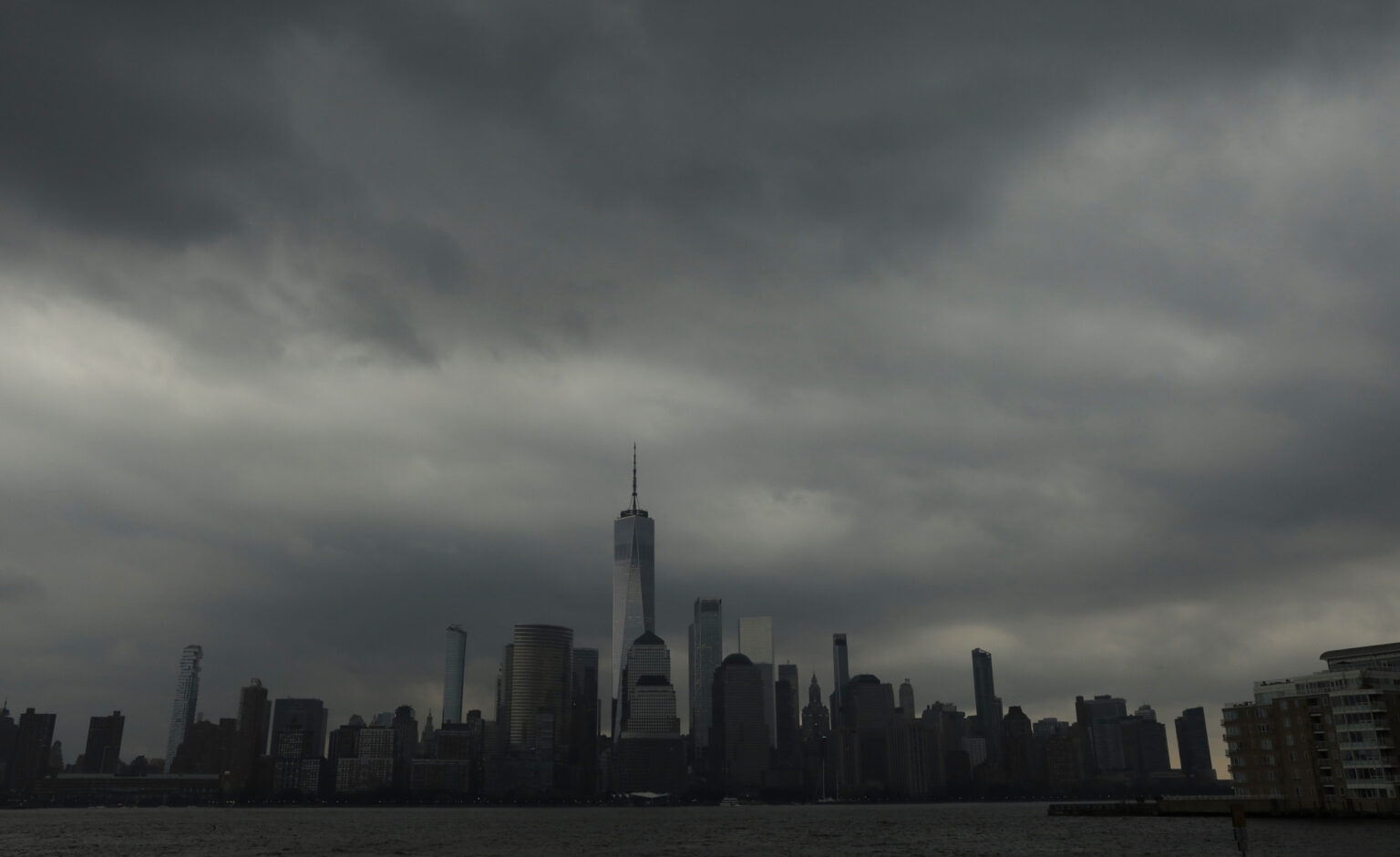A small earthquake shook the New York metropolitan area Saturday evening, registering a magnitude of 3.0 according to the U.S. Geological Survey (USGS).
The tremor struck in Hasbrouck Heights, New Jersey, less than eight miles west of Manhattan’s Central Park, at a depth of approximately 6.2 miles underground.
NYC Emergency Management quickly issued guidance on social media to residents following the seismic event, confirming that tremors were felt across parts of New York City. The agency reported no major impacts at the time while coordinating with partner agencies to monitor for any potential damage or aftershocks.
Why It Matters
While earthquakes are relatively uncommon in the Northeast, this event highlights the region’s ongoing seismic activity in one of the nation’s most densely populated urban centers.
The earthquake’s proximity to Manhattan underscores the importance of emergency preparedness planning and public awareness in metropolitan areas not typically associated with frequent seismic events.
A magnitude 3.0 earthquake is reported to have occurred in or near New Jersey. Tremors may have been felt in parts of New York City. NYC Emergency Management is monitoring for impacts and coordinating with agency partners.
RECOMMENDED ACTIONS:
USGS Earthquake Guidance:… https://t.co/zzaVZawoTc
— NYC Emergency Management (@nycemergencymgt) August 3, 2025
What To Know
The earthquake originated in the Ramapo Fault system, a known seismic zone running through New York, New Jersey, and Pennsylvania.
Despite its minor magnitude of 3.0, the shallow depth allowed the tremor to be felt across the metropolitan region as a brief swaying sensation lasting only seconds.
NYC Emergency Management provided comprehensive safety guidance following the event, advising residents to check for hazards such as shifted items, falling debris, or cracks if they experienced shaking. The agency emphasized that no immediate protective action was needed unless damage occurred, while warning residents to remain prepared for possible aftershocks that could follow minutes, hours, or days after the initial quake.
The city established clear reporting channels for residents, directing earthquake reports to the USGS and non-emergency damage reports to 311, while reserving 911 calls for life-threatening emergencies only.
What People Are Saying
NYC Emergency Management posted on X: “Be prepared for possible aftershocks. These may follow minutes, hours, or even days after the initial quake. No immediate protective action is needed unless you experienced damage.”
The Empire State Building’s official X account posted: “I AM FINE”
What Happens Next?
Seismologists will continue monitoring the region for aftershocks, though significant follow-up tremors are unlikely given the earthquake’s small magnitude. The U.S. Geological Survey will analyze data from the event to better understand regional seismic patterns and improve future preparedness efforts.
NYC Emergency Management will maintain coordination with agency partners while encouraging residents to stay informed through official city sources and NotifyNYC alerts.
Reporting from the Associated Press contributed to this article.
Read the full article here

